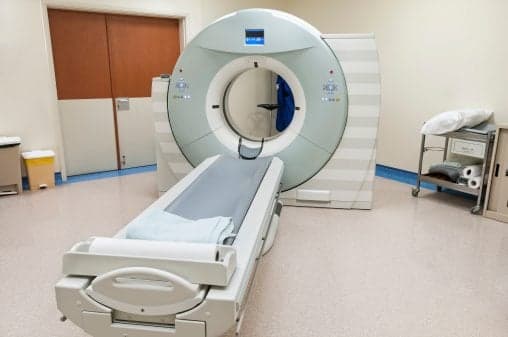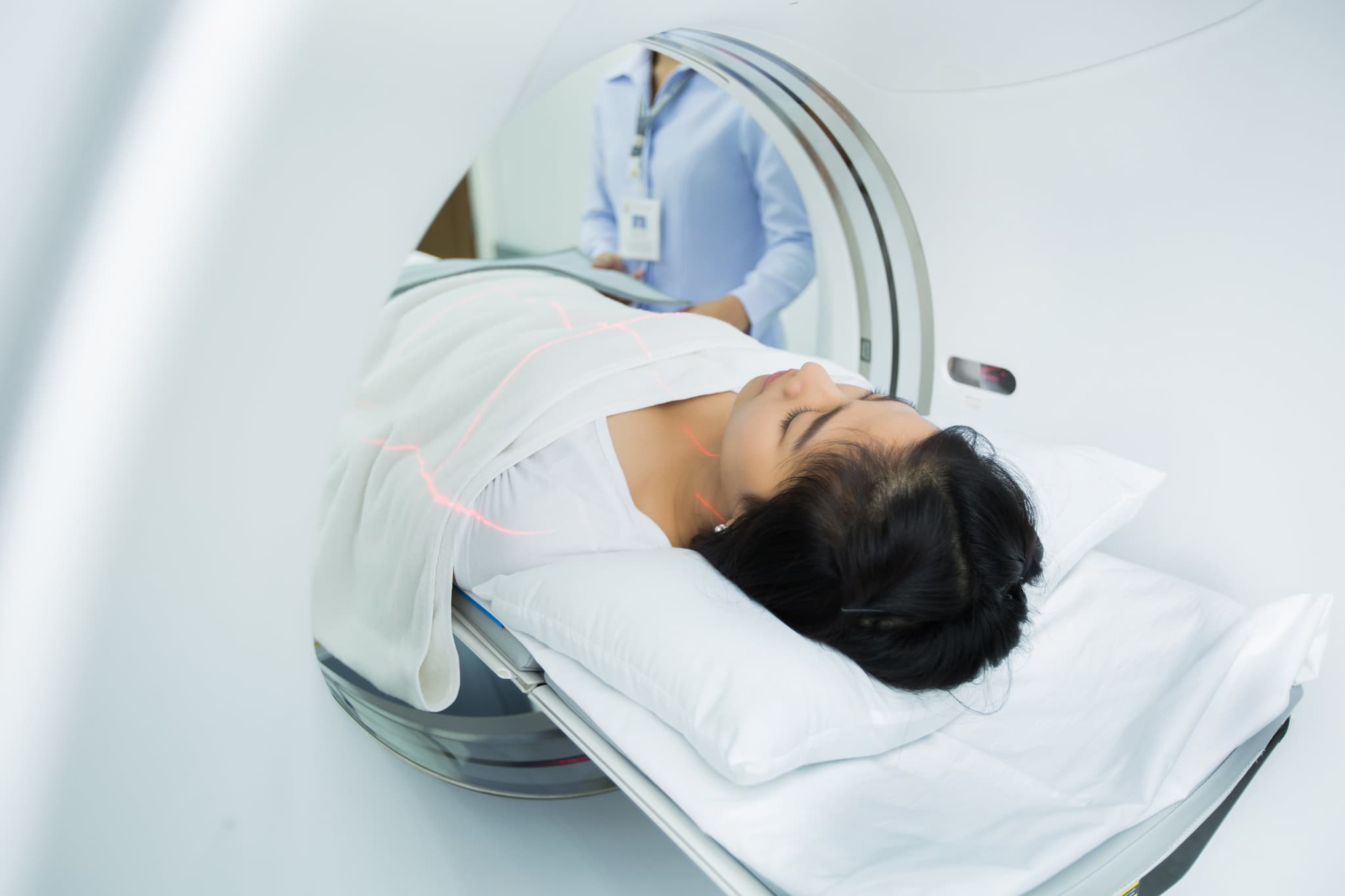
2021-10-27T16:18:53
Why your Next Clinical Breast Exam Should Include a 3D Mammogram
- Cancer Center
- Imaging
October 10, 2017 | Imaging
Specialties:Imaging

Computerized tomography (CT) scans help your doctor view internal processes and detect injuries within the body. A CT scan combines a series of X-ray images taken from various angles, using computer processing to generate cross-sectional images of bones, blood vessels and soft tissues within the body.
Reasons for a CT Scan
What to Expect
A CT scan can be performed either in a hospital or in an outpatient facility. The scans are painless, and the entire procedure takes under 30 minutes in most cases. During the scan, the steps will be as follows:
There is no down time after a CT scan—you can return to normal activity right away. You might receive special instructions if you received a contrast material, and you may be asked to wait a few minutes before leaving to ensure that you feel okay. You’ll be told to drink lots of fluids to help the kidneys remove contrast materials.
Risks and Results
There are a few limited risks of CT scans:
If you’re in need of a CT scan, your doctor will give you recommendations for preparation and answer any questions you may have.
Revere Health Imaging offers the most advanced imaging technology in Utah Valley with convenient locations and reduced-cost exams. We even offer our imaging services at night for your convenience. Contact us today at 801-812-4624 for an appointment!
Sources:
“CT scan.” The Mayo Clinic. http://www.mayoclinic.org/tests-procedures/ct-scan/basics/definition/prc-20014610
“CT Scan (CAT Scan, Computerized Axial Tomography).” EMedicineHealth. http://www.emedicinehealth.com/ct_scan/article_em.htm
WRITTEN BY:
The Live Better Team

2021-10-27T16:18:53

2019-10-15T16:28:57

2019-04-22T16:29:21

2017-12-26T11:52:27
This information is not intended to replace the advice of a medical professional. You should always consult your doctor before making decisions about your health.